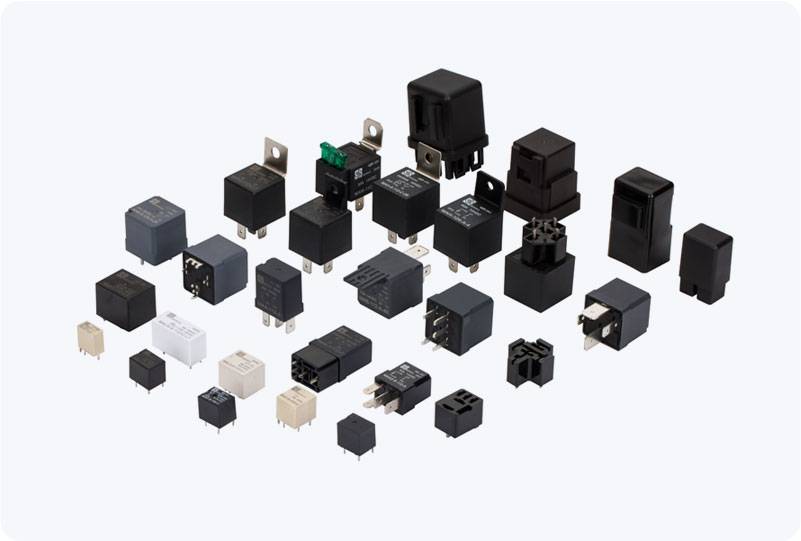precharge relay for ev: ensuring safe and efficient charging
Release time:2025-08-24 16:07:40
Electric vehicles (EVs) have gained significant traction in recent years due to their environmental benefits and technological advancements. One of the most crucial aspects of EV design is the management of its electrical systems, especially when it comes to charging the vehicle's high-voltage battery. Among the many components that make EV charging safe and efficient, the precharge relay plays a key role in protecting the vehicle’s electrical system and prolonging battery life. This article will explore the function, importance, and working principles of the precharge relay in electric vehicles.

What is a Precharge Relay?
A precharge relay is an electrical component that controls the initial charging process when an electric vehicle is connected to a charger or a power source. Its primary function is to manage the inrush current that occurs when the vehicle’s battery and electric components are initially powered. Without a precharge relay, the sudden surge of current could potentially damage sensitive components, such as the battery management system (BMS), inverter, and other power electronics.
In essence, the precharge relay allows for a gradual buildup of voltage to the battery, ensuring that the system is ready to handle the full charging current safely. Once the voltage reaches an acceptable level, the relay switches to a closed position, enabling the vehicle’s charging system to function at full capacity.

